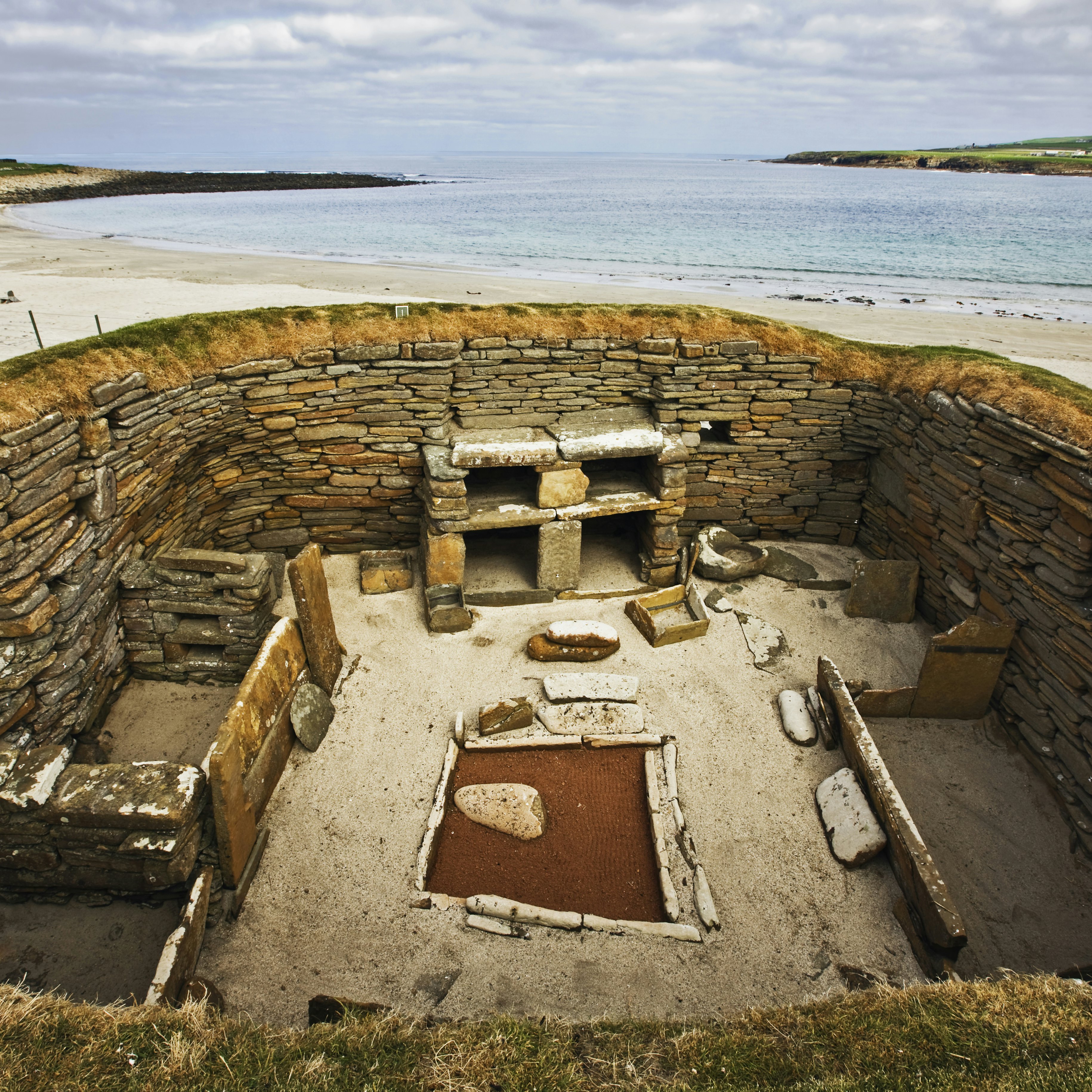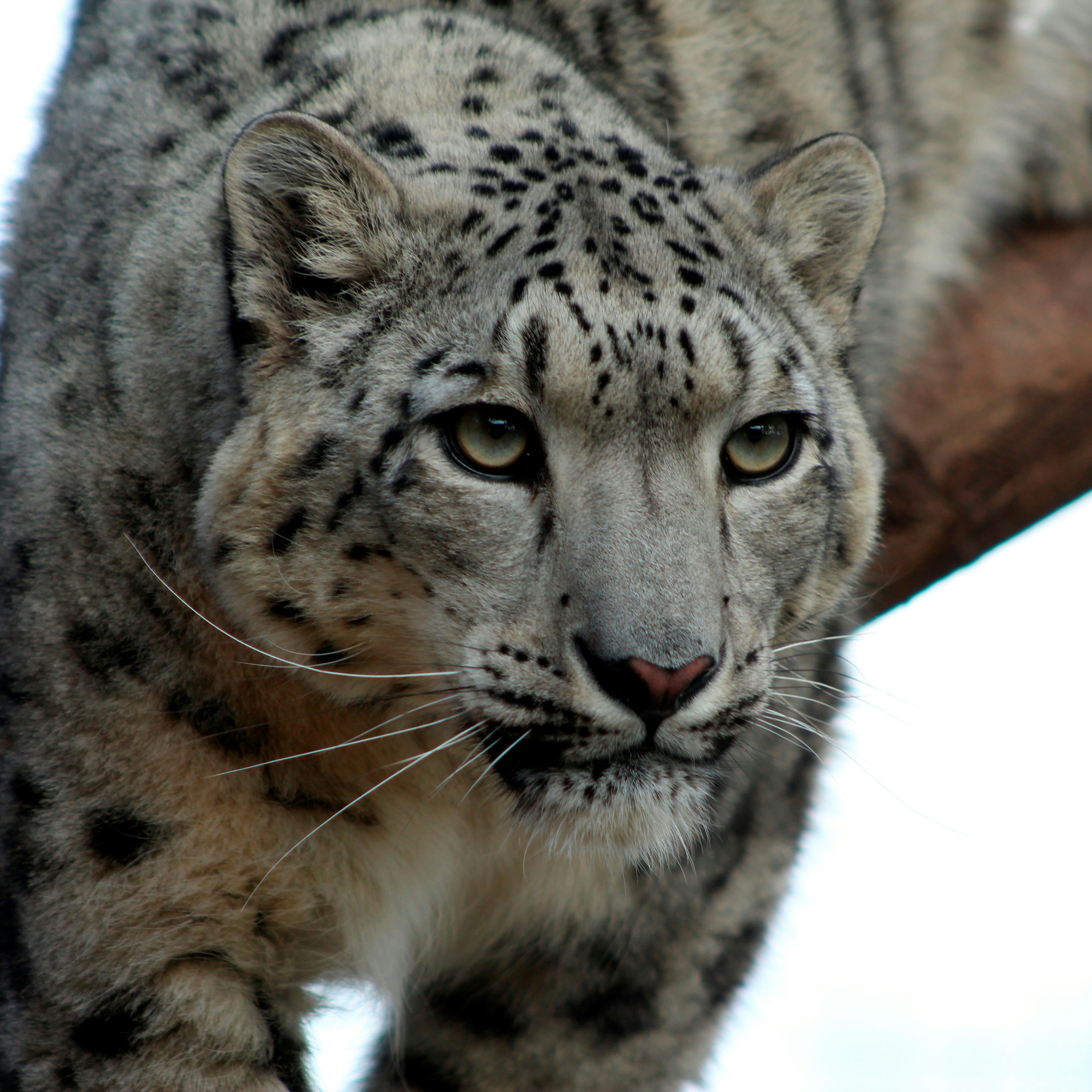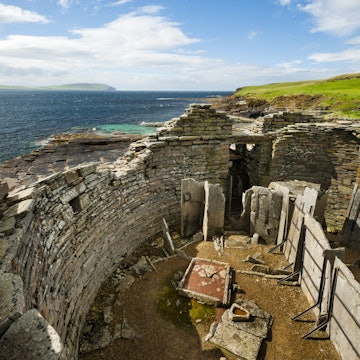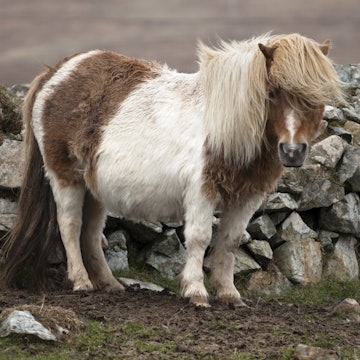
Overview
The wild landscapes of Scotland's Highlands and islands offer the ultimate escape – one of the last corners of Europe where you can discover genuine solitude.
Leave the planning to a local expert
Experience the real The Highlands & Islands. Let a local expert handle the planning for you.
Must-see attractions
Planning Tools
Expert guidance to help you plan your trip
Best Things to Do
The gateway to the islands of the Inner Hebrides, the seaside town of Oban also sits at the heart of the Highlands. Here are the best things to do here.
Read full article
Get a book. Get inspired. Get exploring.
in partnership with getyourguide

























